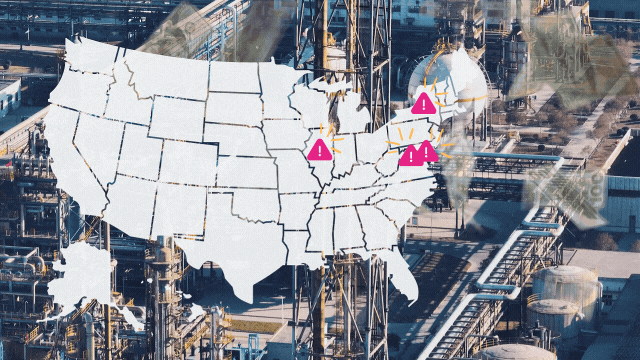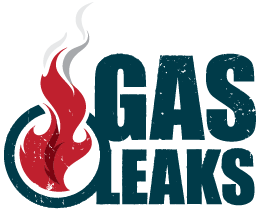
It’s Past Time to End the Gas Pipeline Replacement Insanity
About a quarter of American households struggle to pay or are behind on their energy bills. But despite the ongoing affordability crisis, gas utilities keep making the problem worse.
These companies have boosted their spending at outsized rates across the U.S. for years. It’s vital that the gas industry address the health and safety threats of their product, but they’ve eagerly plowed billions of dollars into fully replacing their pipeline systems — with the costs passed on to the public through increasingly higher rates on their monthly bills.
While gas utilities found a lucrative pathway for delivering more profits to their shareholders, mounting evidence suggests that the billions already spent replacing gas pipelines have failed to actually reduce gas leakage. The years of excessive spending are reaching a breaking point.
Illinois regulators rein in utility spending plans
Peoples Gas, which sells gas in Chicago, has been a poster child for utilities spiking customer bills by overinvesting in gas.
The company launched a huge pipeline replacement effort over a decade ago, but its initial $2 billion estimated price tag has since soared to $12.8 billion. In the process, it delivered record utility profits at the expense of record rate hikes to its Chicago customers.
The average Chicago customer is already paying more than $17 a month for the program (in addition to the cost of gas to heat their homes), and annual gas bills could more than double, jumping from $1,206 to $2,424 per year by 2040, if Peoples is allowed to proceed with its preferred plan.
However, Illinois regulators responded by pausing the program and launching a year-long state investigation, which concluded with a February 2025 ruling that will curb future spending and require greater oversight.
Maryland legislators taking on runaway pipeline spending
In Maryland, gas bills have risen sharply over the last decade, but the state’s official ratepayer advocate estimates that the state’s three largest gas utilities – Baltimore Gas & Electric (BGE), Washington Gas, and Columbia Gas of Maryland, are currently on track to spend more than $18 billion on gas infrastructure through 2043.
The runaway spending has fueled massive industry profits at the expense of Maryland households. For BGE customers, gas delivery rates have increased about 246% since 2010, while BGE profits tripled from $147 million in 2010 to $485 million in 2023.
State lawmakers appear poised to finally push back. Legislative leaders in February announced they are backing a package of bills that includes new requirements for gas utilities to protect consumers from wasteful pipeline replacement spending while also aligning their long-term planning with the state’s climate goals.

Will District of Columbia regulators follow Illinois’ lead and finally redirect Washington Gas?
In Washington, DC, local utility Washington Gas continues to pursue its multi-decade, multi-billion dollar pipeline replacement initiative formerly known as “ProjectPipes.” In June 2024, District utility regulators finally pushed back and voted against the company’s funding request, instead requiring it to submit a new plan that aligns with the District’s climate goals within 45 days.
In September 2024, Washington Gas responded by filing a new plan that effectively tries to rebrand ProjectPipes as “District SAFE” and requests approval for $215 million for accelerated gas pipeline replacement spending.
While the case is still pending before the District’s utility commission, an unprecedented number of local residents have formally spoken up to demand better, and the Council is keeping up the pressure for a plan that actually conforms with the District’s goals. The District’s Department of Energy and Environment’s own analysis concluded that a targeted pipe leak repair program would be one-tenth to one-hundredth the cost of wholesale replacement.
Big gas bills in the Big Apple
In February, New York utility Con Edison announced that it was seeking a rate increase that would drive up its average customer gas bill by more than 13%. The utility is spending almost $1 billion every year to repair and expand its aging gas infrastructure, and, according to a 2024 report, the company was already charging its customers gas delivery rates that are twice as high as households serviced by its cross-town rival.
Charting a better path forward
It’s no surprise that gas utilities love massive pipeline programs. Since they generally get to charge customers a 10% premium on major investments, supersized spending plans generate extra profits for their shareholders and executives.
But it doesn’t have to be this way. Utilities have alternatives, and leading states are demonstrating how to implement smarter planning and oversight. The growing unaffordability of our energy bills demands action.

